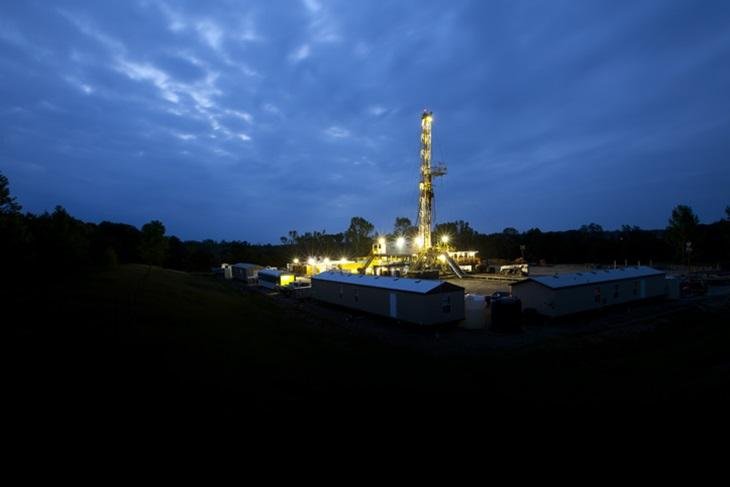BHP Billiton says its taking a charge on its U.S. onshore operations, saying the weakness in the energy sector was worse than anticipated. Photo courtesy of BHP Billiton
MELBOURNE, Jan. 15 (UPI) -- Australian energy giant BHP Billiton said it was taking a $7.2 billion charge on its U.S. onshore assets, saying sector weakness was expected to endure.
"The oil and gas industry has recently experienced significant volatility and much weaker prices," the company said in a statement. "Although we expect prices to improve from their current lows, we have reduced our oil price assumptions for the short to medium term."
Oil services company Baker Hughes has reported consistent declines in rig activity in onshore U.S. basins, a sign the sector is on the decline. A report this week from the U.S. Energy Information Administration said total U.S. crude oil production is expected to fall 7 percent from 2015 levels.
BHP Billiton said it reduced the number of rigs it has deployed in the United States to just five, adding plans beyond March was under review "with a focus on preserving cash flow."
The company last year said it would take a scaled-back approach to navigating the downturn. In October, the company said it plans to cut spending for oil and gas operations for this year by 6 percent to $2.9 billion.
CEO Andrew Mackenzie said his company was working fast to cut capital spending, reflected in a rig count that's 80 percent lower than last year, but said the durability of the oil price crash had taken unforeseen tolls.
"Oil and gas markets have been significantly weaker than the industry expected," he said.
Profits after tax for the year ending June 30 declined 85 percent year-on-year to $1.9 billion.















